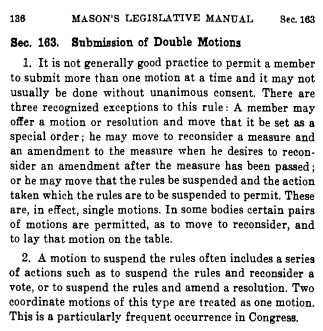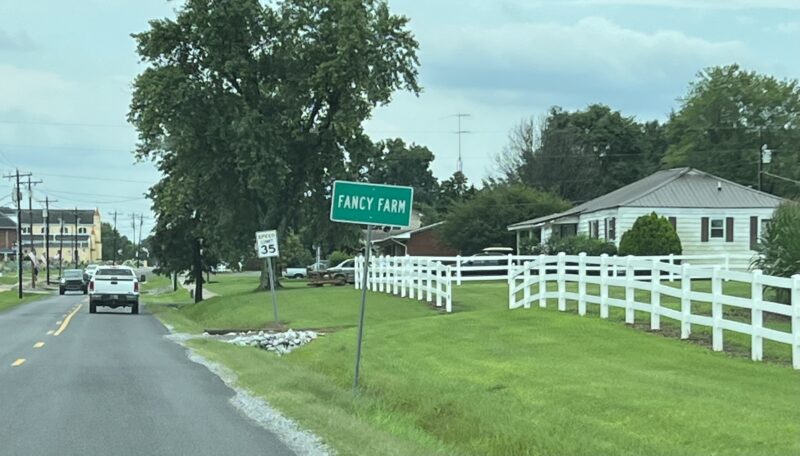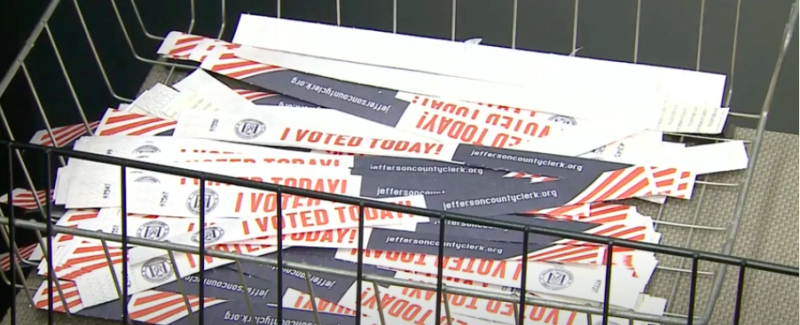FRANKFORT – There are a lot of interesting phrases that get tossed around the state Capitol during legislative sessions, and not just the curse words in the halls when bills fail to get a vote.
One of the phrases is a motion that is made following a vote on a bill that has passed, the lawmaker who is sponsoring the bill will make a motion of the House Speaker to “move the clincher,” but what does that actually mean?
The Kentucky Legislative Handbook lists the type of motions a lawmaker can make, and amongst those motions is the “clincher” also called a motion to hinder reconsideration.
In effect, the motion for a clincher is essentially a dual procedural act that prevents that action from being reconsidered again. Upon passage of a bill, a lawmaker will move the clincher, which the handbook defines as a motion “to reconsider coupled with a motion to lay reconsideration on the table. Further action on a bill to which the clincher has been applied will require the approval of a majority of members elected. Any member, regardless of his or her vote, may offer the clincher motion.”
Said another way, the Legislative Research Commission puts the phrase in a sentence using their glossary of legislative terms saying, “‘I move the clincher’ is an abbreviated phrase meaning: ‘I move that the vote by which House Bill 100 was adopted be reconsidered, and that the motion to reconsider be laid upon the table.’ Since the rules require a majority of the members elected (20 in the Senate, 51 in the House) to bring a motion off the table, the clincher helps assure that the just-adopted bill will not be reconsidered.”
The motion is used in the Kentucky House of Representatives and not in the Kentucky Senate. Behind the scenes, folks in Frankfort say moving the clincher has been used at least since the 1950s. However, it is currently unknown how the phrase originated.
The “clincher” motion does not appear across the nation, but it does appear in Arkansas, North Dakota, and South Carolina procedural manuals. Some other state legislatures use the dual procedure, but not the phrase.
Mason’s Manual of Legislative Procedures references the dual procedure in a section describing the submission of double motions. The Mason’s Manual description appears in the image below.

With two days left in the regular legislative session this year those tuning in to the proceedings in the House of Representatives will likely here the phrase numerous times.




 Login
Login  Must include at least 8 charaters
Must include at least 8 charaters



